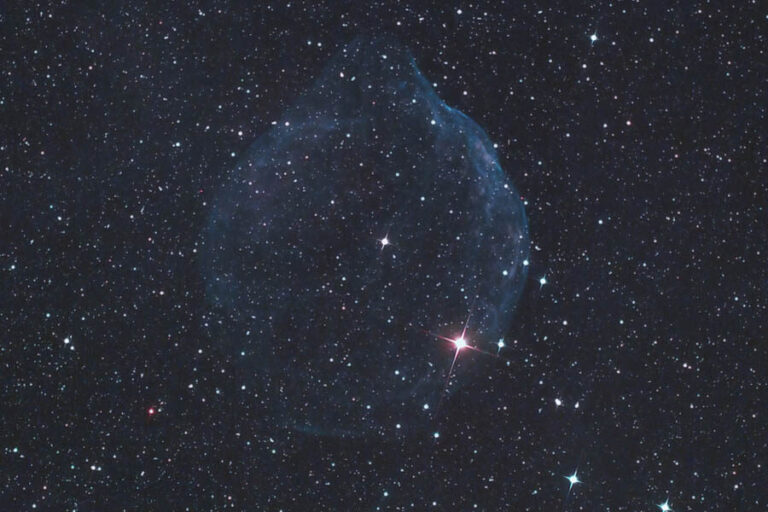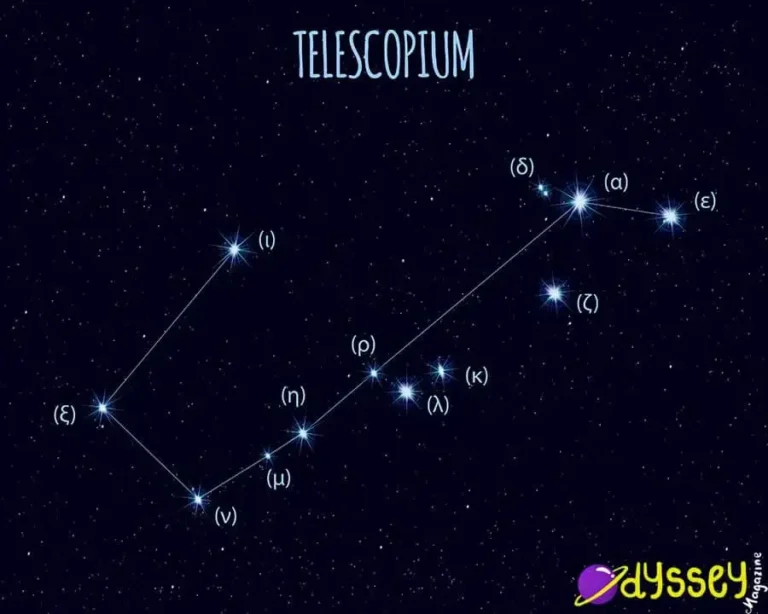Dobsonian vs Newtonian – Is there a difference?
When we’re talking about the different types of telescopes you can use, then the one that most people know is the reflector telescope. And of the reflector style of telescope, two of them are going to be the most popular selling worldwide. These two styles of telescope are the Dobsonian and the Newtonian.
Obviously, the very start line of every astronomer (or astrophotographer) is finding the right telescope. Today we’re going to touch on but a speck of the main telescope categories – Dobsonian and Newtonian.
Is there any difference between a Dobsonian and Newtonian?
From a purely constructive point of view, there are several differences between Dobsonian and Newtonian telescopes; first, and most obvious being lexical in nature, and the second referring to physical differences in their design. Both options provide an excellent choice if you’re searching for a budget telescope.
Apart from that, there are also numerous similarities between these two telescope types. As a matter of fact, a telescope can possess traits of both types at the same time. Newtonian telescopes are basically ‘reflectors’, which is just a description of the actual optics in the telescope itself. Whilst in comparison, a Dobsonian telescope features slight modifications on the mount. So technically, a telescope can be both a Newtonian and a Dobsonian.
Since this vague description of the two doesn’t really answer the question of ‘is there a difference’ between them, we need to delve a bit deeper into detail to get a conclusive, definitive answer. Let’s begin with their actual definitions.
Newtonian Telescope
Newtonian telescope was named after the famous inventor called Isaac Newton. Apart from being singlehandedly responsible for a massive scientific quantum leap after defining and gaining understanding of what gravity is, he invented a contraption that shortly after became the first reflector, or better said, a ‘reflecting telescope’.
Of course, reflectors weren’t the ‘first and original’ telescopes – refracting telescopes predate them by a couple of decades (six, to be more precise), so it’s highly possible that Newton borrowed from their design. It would be more than fair to say that he actually even ‘improved’ it.
Differences between Newtonian and Reflecting telescopes
Since we’ve already established that a single telescope can have traits, specs, and characteristics of multiple telescope types, it’s also clear that a telescope can be a ‘Newtonian Reflecting Telescope’. However, these two categories are not one and the same.
Basically, Newton ‘modified’ one of the earlier versions of the reflecting telescope and instead of a lens he added a mirror for the collection of light. Of course, the main feature of later reflectors, as well as one of the main differences between reflectors and refractors is whether the telescope in question uses a lens or a mirror.
Most Newtonian telescopes use special ‘parabolic’ mirrors. Given the fact that certain reflectors use them too, we can say that such models are ‘Newtonian Reflecting’ telescopes.
Dobsonian Telescope
Bestseller No. 1
Orion 8945 SkyQuest XT8 Classic Dobsonian Telescope
At the opposite end of the spectrum lies the Dobsonian Telescope. In essence, the design of the Dobsonian Telescope, or rather its invention was a long process. Most sources state that it was invented and designed by John Dobson, after which it was named. Originally, Dobson called his invention the ‘Sidewalk Telescope’, as it was basically a tool aiding his sidewalk astronomy calling.
This type of telescope sits on alt-azimuth mount and sports a simple, straightforward mechanical design. These telescopes are fairly easy to craft due to the availability of the components needed for the manufacturing process, and so they’re often much cheaper than Newtonian models.
The first and main difference between Dobsonian and Newtonian telescopes is the alt-azimuth mount, obviously, but there are other notable differences, such as the portability of Dobsonian models opposed to ‘static’ Newtonian ones; significant differences in the levels of chromatic aberration, and such.
Plus, Dobsonian telescopes are best suited for amateur astrophotography and astrology whereas Newtonian models are equally suited for professional use as well. Dobson actually built the telescope with amateurs and those looking for affordable telescopes in mind.
Characteristics of Dobsonian telescopes
While it’s somewhat hard to differentiate reflector telescopes from Newtonian ones, most people can easily recognize a Dobsonian telescope by simply looking at its specs and features. Dobsonian telescope’s main characteristics are:
- An alt-azimuth mount; regardless of size, it’s always an equatorial mount with its clock-drive pulled out. Equatorial mounts are typically huge in size and relatively expensive, so alt-azimuth mount is a perfect substitute that doesn’t compromise functionality for the sake of extra portability and convenience.
- Large diameter of the objective; even though Newtonian telescopes also sport a large-diameter objective, Dobsonian models are often supplied with sizable ones that aren’t as heavy.
- Bulky, relatively unwieldy design; Dobsonian telescopes are pretty compact due to the simple alt-azimuth mount they’re placed on, but they are also typically quite big and heavy.
Why do professionals prefer Newtonian telescopes over Dobsonian models?
Or, in another words, what is the reason why beginners tend to start with Dobsonian telescopes? Simply put, they’re significantly cheaper, and astronomy and astrophotography are typically followed with an abundance of expenses. Dobsonians were made specifically by and for amateur astronomers, and even now decades after they were first made, they’re a highly recommended option if you’re looking for a new telescope and you’ve never owned one before.
Dobsonian telescopes are more compact, which allows you to be a bit freer with experimenting during field astrophotography On the other hand, professionals usually have their own favorite ‘spot’ or an observatory they use or rent; if you have the space to spare (and know exactly what you want to look for), other types of telescopes can help you out just as much.
It really comes down to the budget, as a Dobsonian or Newtonian probably isn’t going to be the best choice for certain activities (like astrophotography, for example). They’re also pretty tricky to set up in comparison to refractors. But in all honesty, it’s probably worth getting to grips with your telescope and learning how to collimate it anyway.
The Wrap Up
Yes, differences between these two telescope types exist. They’re designed differently, they were invented at different times, and they offer different kinds of benefits while also coming with a different set of disadvantages. However, now that you know what sets them apart, it should be easier for you to pick which type caters to your needs more.
Astronomy is a beautiful profession and gazing at the endless skies with countless cosmic gems therein enriches both the spirit and mind. However, just like with every other calling, it requires patience and diligence to get through the first baby steps. That includes understanding the different types of reflector telescope.
Newtonian reflectors are considered to be one of the better telescopes available if you’re trying to avoid those with a short focal length. And Dobsonians have been the amateur astronomers telescope of choice for decades now, and that doesn’t look like changing any time soon.

